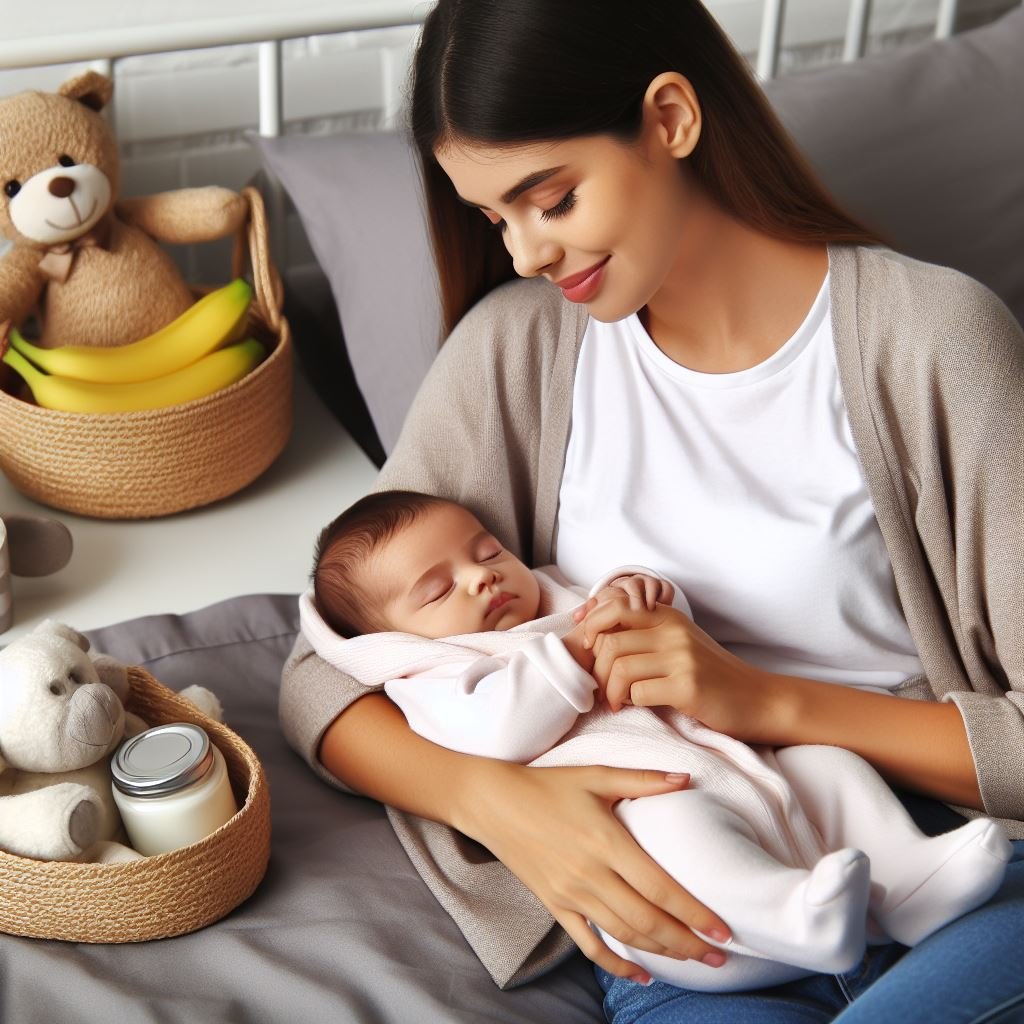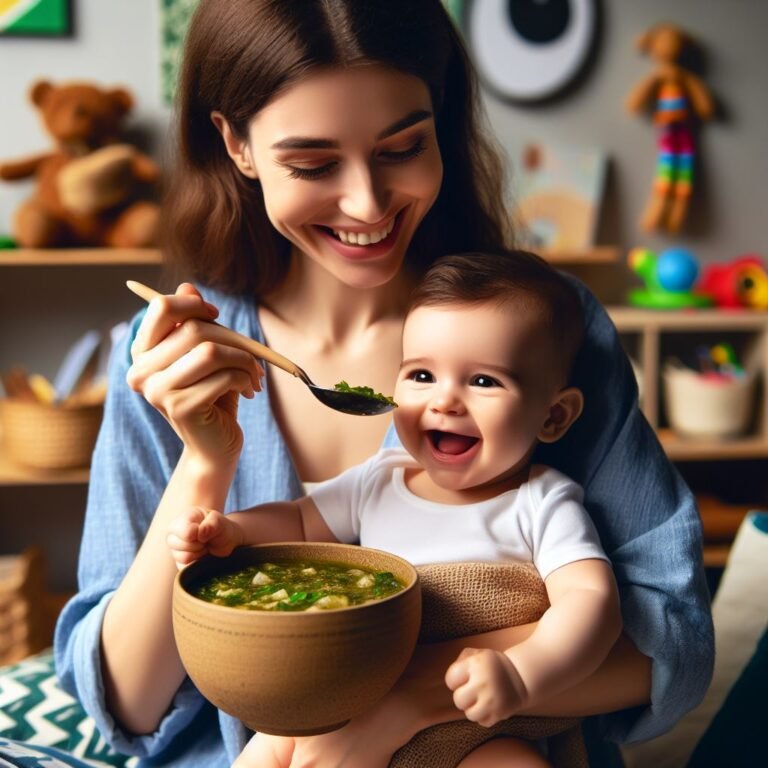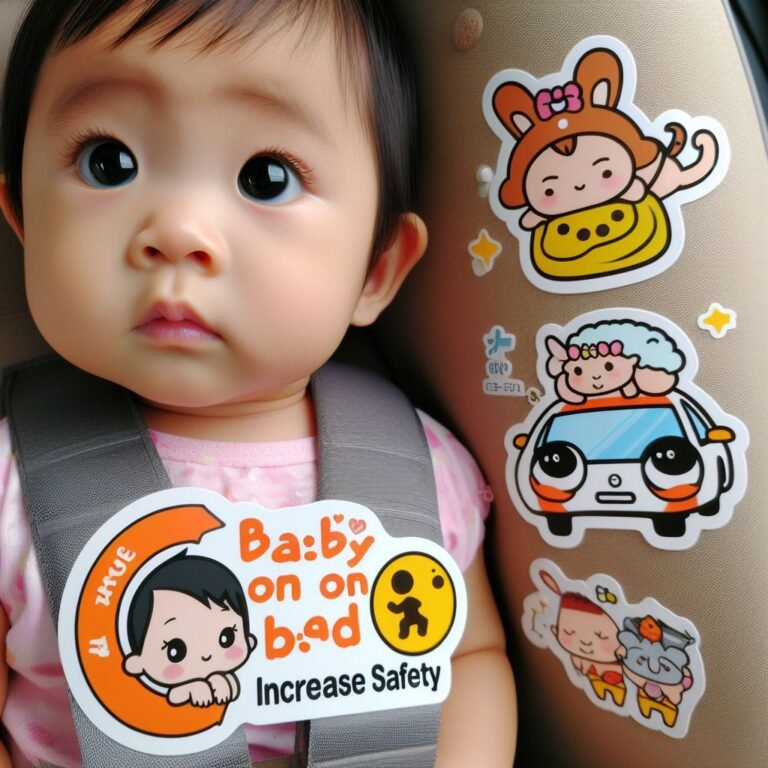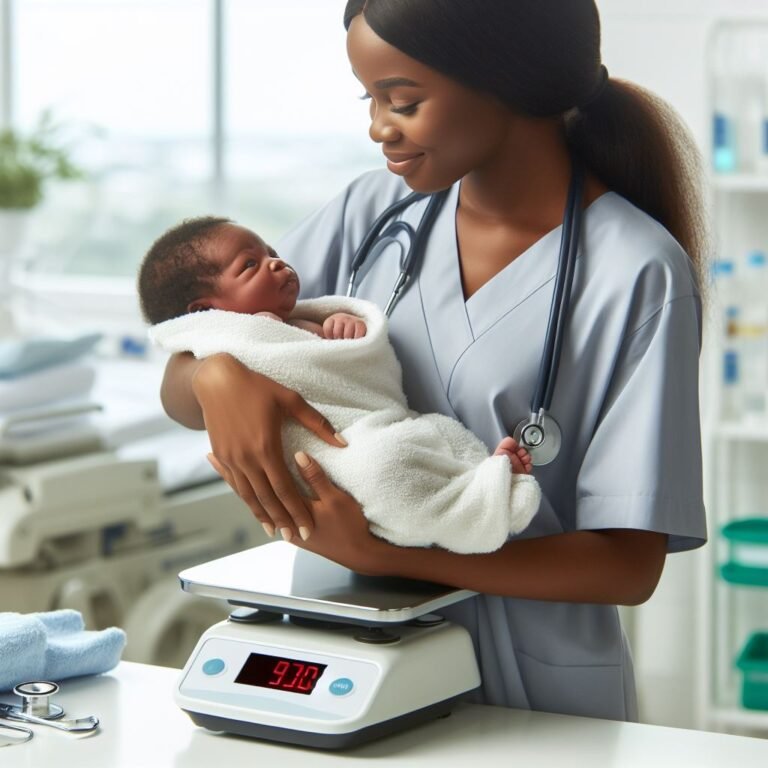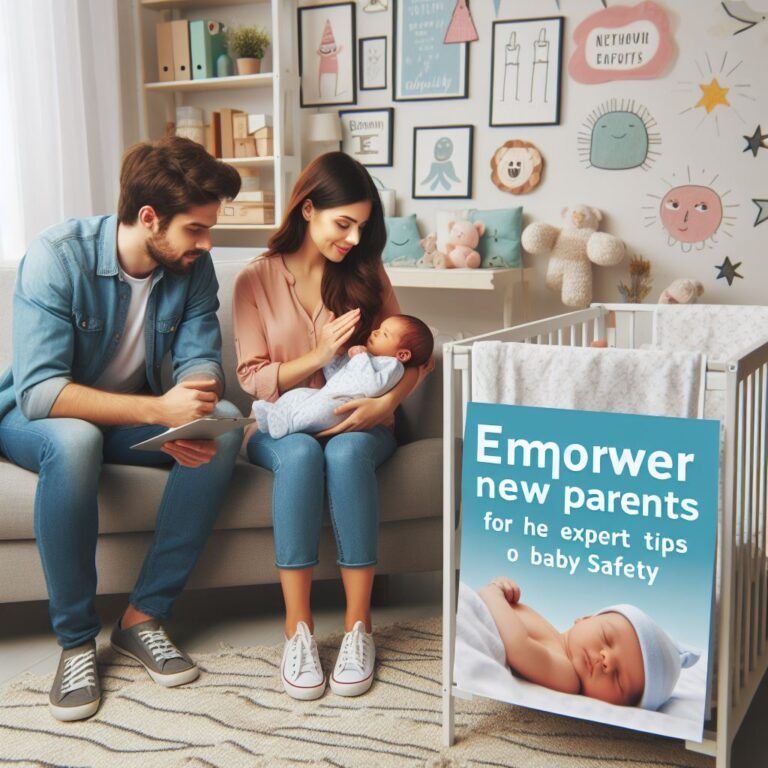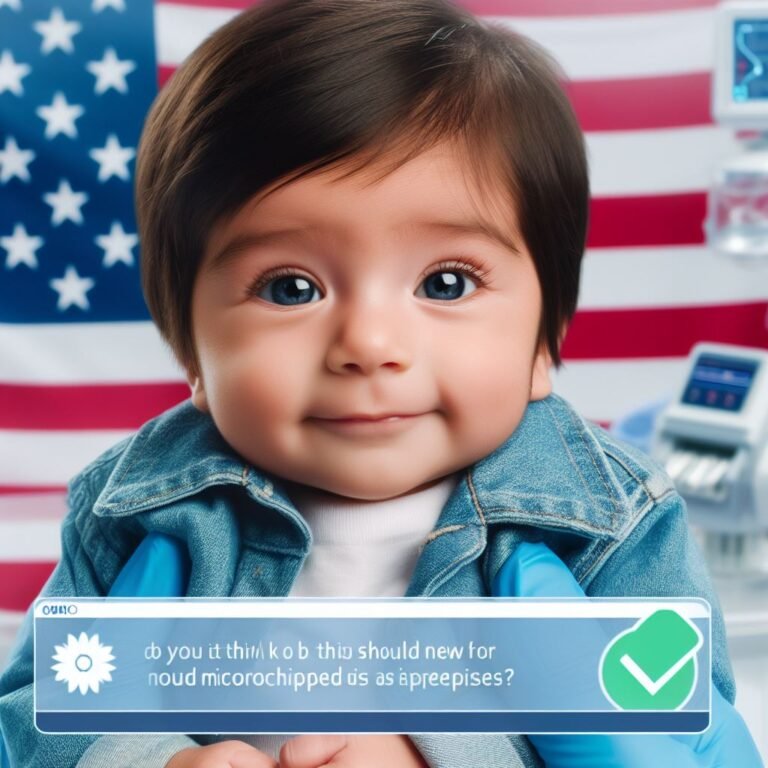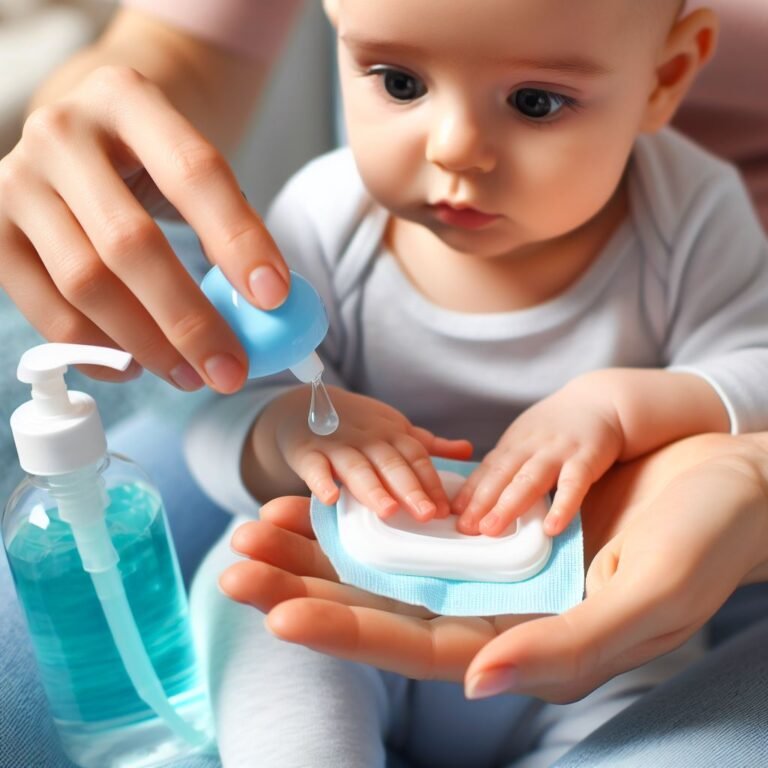What Are Some Safe Sleep Practices to Ensure My Baby’s Safety?
In the pursuit of providing the utmost care and protection for our little ones, the question arises: what are the safe sleep practices that ensure our baby’s safety?
As caregivers, it is our responsibility to create an environment conducive to peaceful slumber while adhering to the principles of safe sleep.
This article delves into the ABCs of safe sleep, temperature regulation, proper positioning, and precautions for co-sleeping.
By following these practices, we can ensure our baby’s safety and foster their healthy growth and development.
Key Takeaways
- Choose a crib or bassinet that meets safety standards and ensure a firm mattress and well-fitted sheet are used
- Remove loose bedding, pillows, and stuffed animals from the sleep area to minimize suffocation risk
- Keep the sleeping area clear of hazards such as cords or curtain ties and place it away from windows, heaters, or direct sunlight
- Always place the baby on their back to sleep, use sleep sacks or swaddles instead of loose blankets, and monitor temperature and ventilation in the room
Establish a Safe Sleeping Environment
Creating a secure sleeping space should be a top priority when establishing a safe sleep environment for your baby. As caregivers, it is our responsibility to ensure that our little ones are provided with a space that promotes their comfort and safety.
Start by choosing a crib or bassinet that meets the current safety standards, with a firm mattress and a well-fitted sheet. Remove any loose bedding, pillows, or stuffed animals from the sleep area to reduce the risk of suffocation.
Keep the crib or bassinet clear of any potential hazards, such as cords or curtain ties, and ensure that it is placed away from windows, heaters, or other sources of heat or direct sunlight.
Follow the ABCs of Safe Sleep
To ensure the safety of your baby while they sleep, it is important to follow the ABCs of safe sleep. These guidelines are designed to minimize the risk of Sudden Infant Death Syndrome (SIDS) and create a secure sleeping environment for your little one.
Here are the ABCs of safe sleep:
- Alone: Always place your baby to sleep alone in their crib, bassinet, or playpen. Sharing a bed with your baby increases the risk of suffocation or entrapment.
- On their back: Lay your baby on their back to sleep. This position reduces the risk of SIDS and allows for easier breathing.
- In a crib: Ensure that your baby sleeps in a crib or bassinet that meets safety standards. The mattress should be firm and free from pillows, blankets, or stuffed animals that can pose suffocation hazards.
Monitor Temperature and Ventilation
While monitoring the temperature and ventilation in your baby’s sleep environment, you can help ensure their safety and comfort throughout the night.
Maintaining a comfortable temperature is crucial for your baby’s well-being, as overheating or being too cold can increase the risk of Sudden Infant Death Syndrome (SIDS). It is recommended to keep the room temperature between 68 and 72 degrees Fahrenheit (20 and 22 degrees Celsius).
Additionally, ensuring proper ventilation is essential to keeping the air fresh and free from allergens or pollutants. You can achieve this by opening windows for fresh air circulation or using a fan to improve air movement.
Regularly check the temperature and air quality in your baby’s room to create a safe and comfortable sleep environment for them.
Use Safe Sleep Positioning
The use of safe sleep positioning is essential for ensuring your baby’s safety during sleep. Here are some tips to help you position your baby in a safe and comfortable manner:
- Always place your baby on their back for sleep. This reduces the risk of Sudden Infant Death Syndrome (SIDS).
- Use a firm mattress with a fitted sheet in the crib. Avoid using pillows, blankets, or stuffed animals, as they can pose suffocation hazards.
- Make sure your baby’s head and face are uncovered during sleep. Use a sleep sack or swaddle instead of loose blankets to keep them warm.
By following these safe sleep positioning practices, you can create a safe sleep environment for your baby and promote their well-being.
Practice Safe Co-Sleeping Precautions
Co-sleeping can be a bonding experience for parents and babies. It can promote a sense of closeness and facilitate breastfeeding. However, it is important to practice safe co-sleeping precautions to ensure the well-being of your little one.
To prioritize safety, start by ensuring that your mattress is firm and free of any loose bedding or pillows that could pose a suffocation risk. It is crucial to place your baby on their back to sleep, with their feet at the foot of the bed. This positioning helps prevent them from wriggling down under the covers.
In addition, it is important to avoid using heavy blankets or duvets. Instead, dress your baby in a sleep sack or swaddle. These alternatives provide warmth without the risk of suffocation.
Lastly, make sure there are no gaps or spaces between the mattress and the bed frame where your baby could become trapped. Regularly check for any potential hazards and ensure a secure sleeping environment for your baby.
Frequently Asked Questions
How Often Should I Check on My Baby During the Night While They Are Sleeping?
It is recommended to check on your baby periodically throughout the night while they are sleeping to ensure their safety. Regular check-ins can help you monitor their well-being and address any potential issues promptly.
Are baby monitors necessary for safe sleep practices?
Baby monitors can be a helpful tool for parents to ensure their baby’s safety during sleep. However, they are not necessary for safe sleep practices. Other practices, such as placing the baby on their back and creating a safe sleep environment, are more important.
Can I Use a Crib Bumper to Make My Baby’s Sleep Environment More Comfortable?
While it may be tempting to use a crib bumper to make your baby’s sleep environment more comfortable, it is not recommended due to safety concerns. Safe sleep practices include using a firm mattress and removing any loose bedding or objects from the crib.
Should I use a sleep sack or swaddle my baby for safe sleep?
When considering safe sleep practices for your baby, it is important to weigh the benefits and potential risks of using a sleep sack or swaddling. Both options have their merits, but consulting with a healthcare professional can guide you in making the best decision for your baby’s safety.
Are there any specific safety precautions to take when traveling with a baby and ensuring safe sleep practices?
When traveling with a baby, it is important to prioritize safe sleep practices. This includes ensuring a safe sleep environment, such as a crib or portable crib, avoiding soft bedding, and practicing back sleeping.
Conclusion
In conclusion, it is crucial to follow safe sleep practices to ensure the safety of your baby. By establishing a safe sleep environment, following the ABCs of safe sleep, monitoring temperature and ventilation, using safe sleep positioning, and practicing safe co-sleeping precautions, you can greatly reduce the risk of sleep-related incidents.
Remember, your baby’s safety should always be the top priority, and implementing these practices will provide peace of mind for parents and caregivers.
